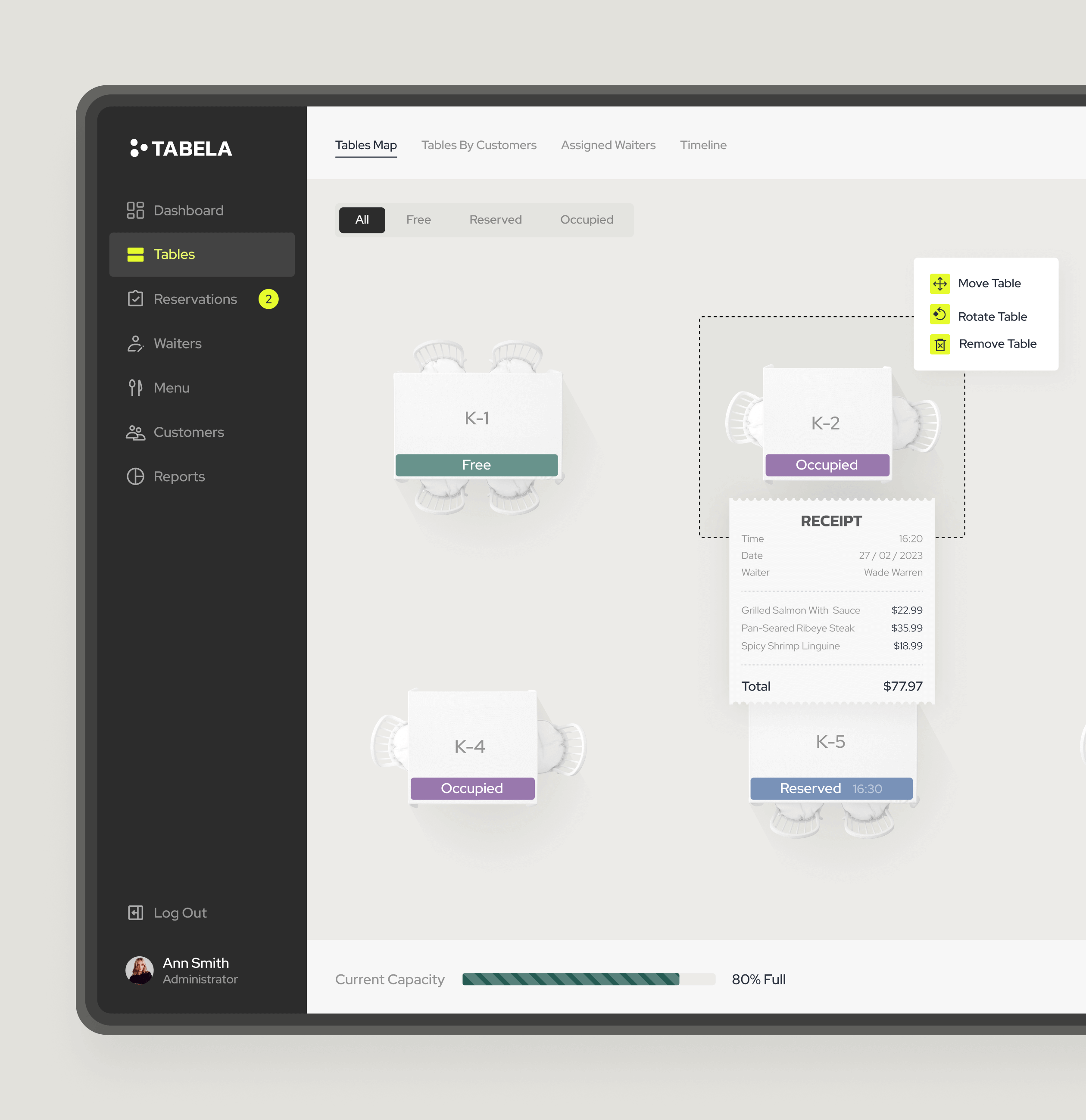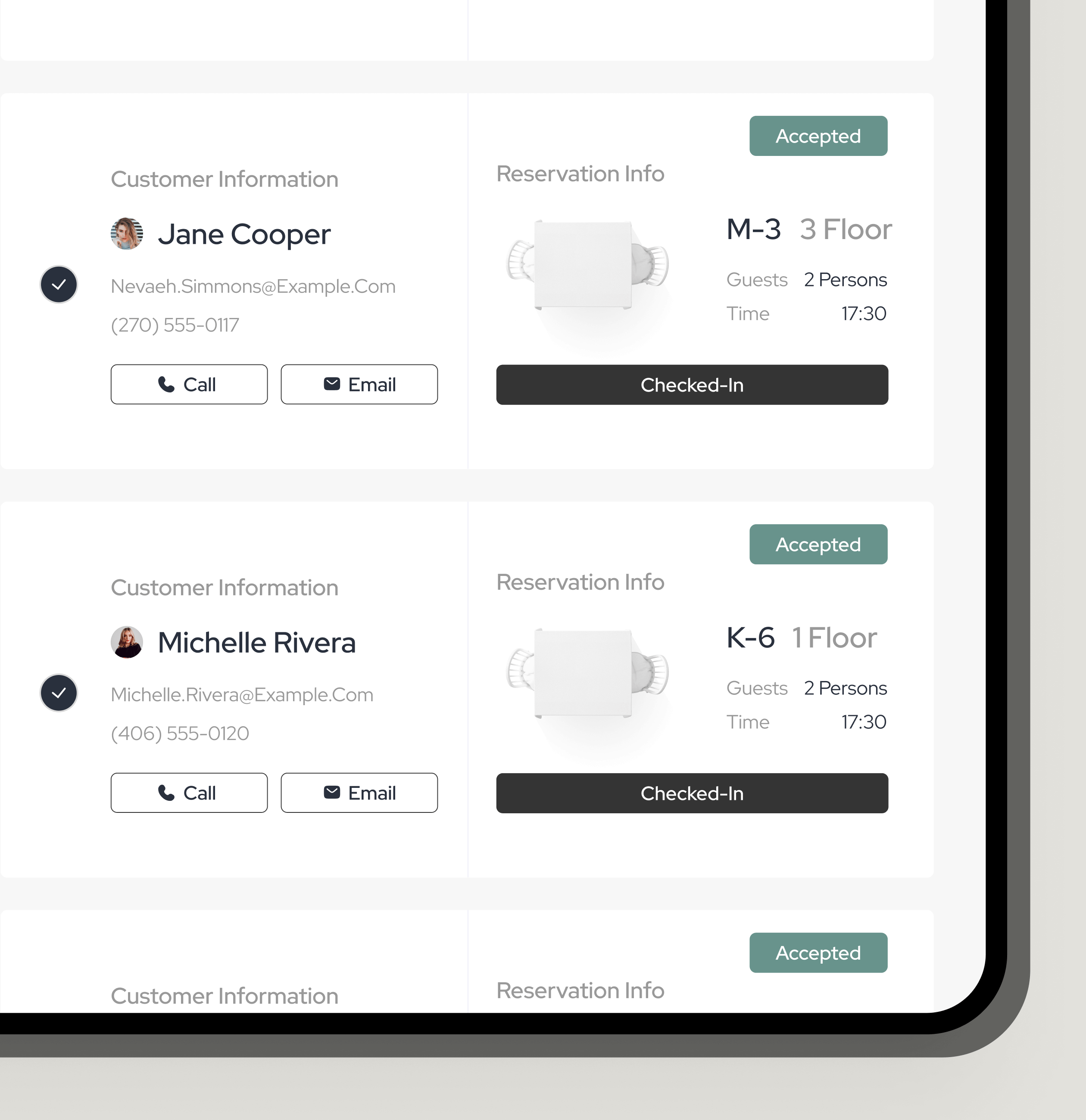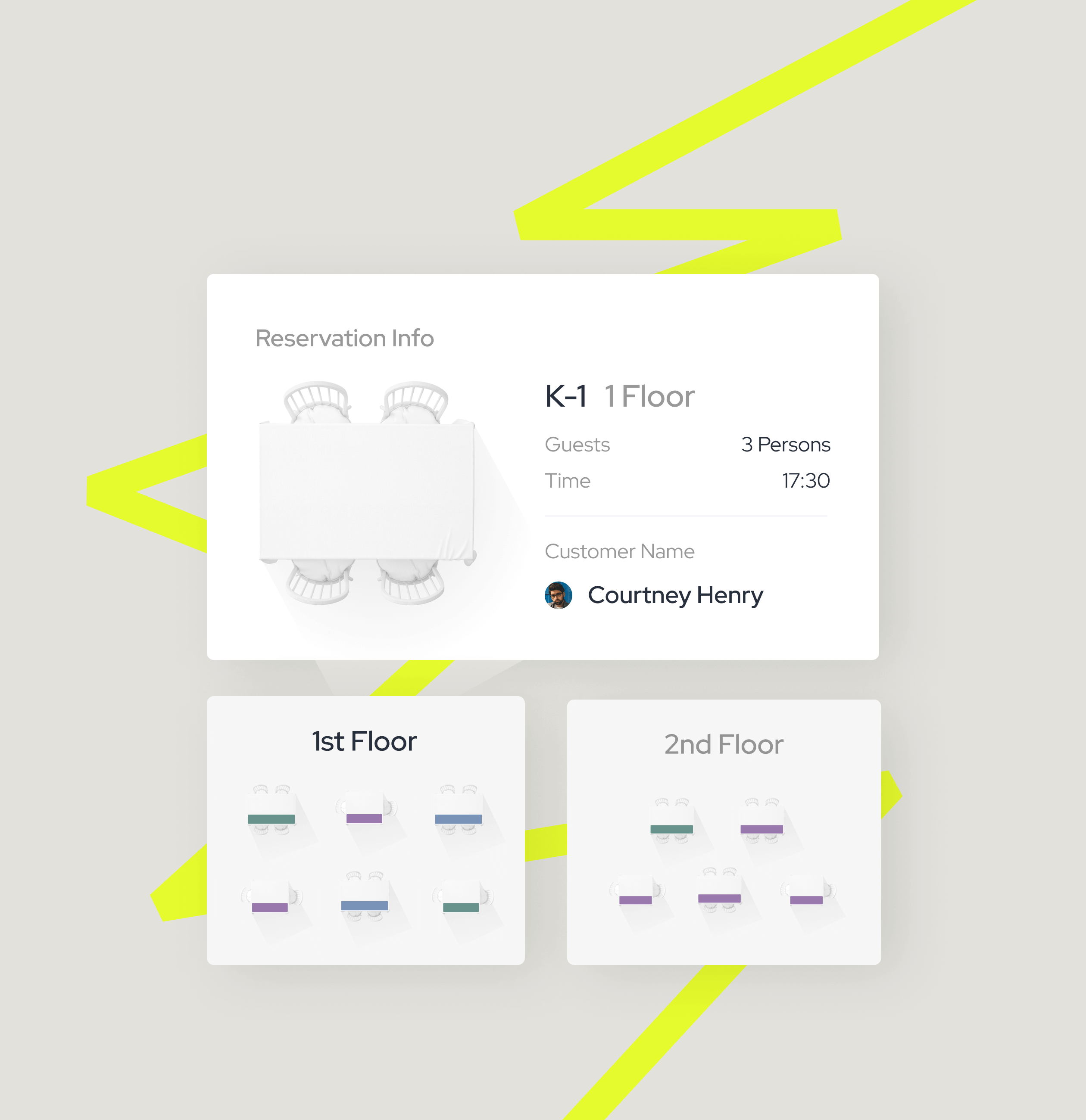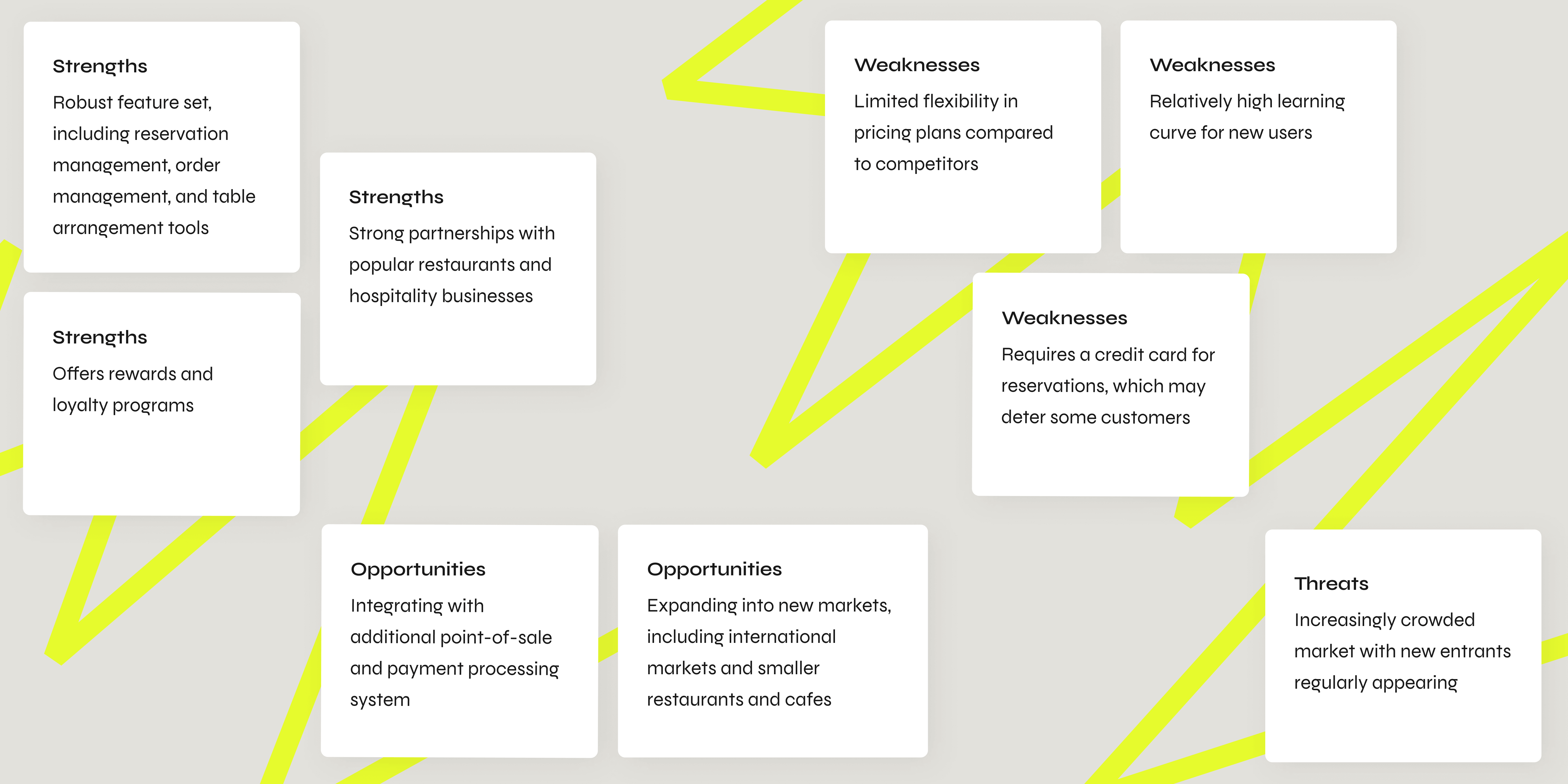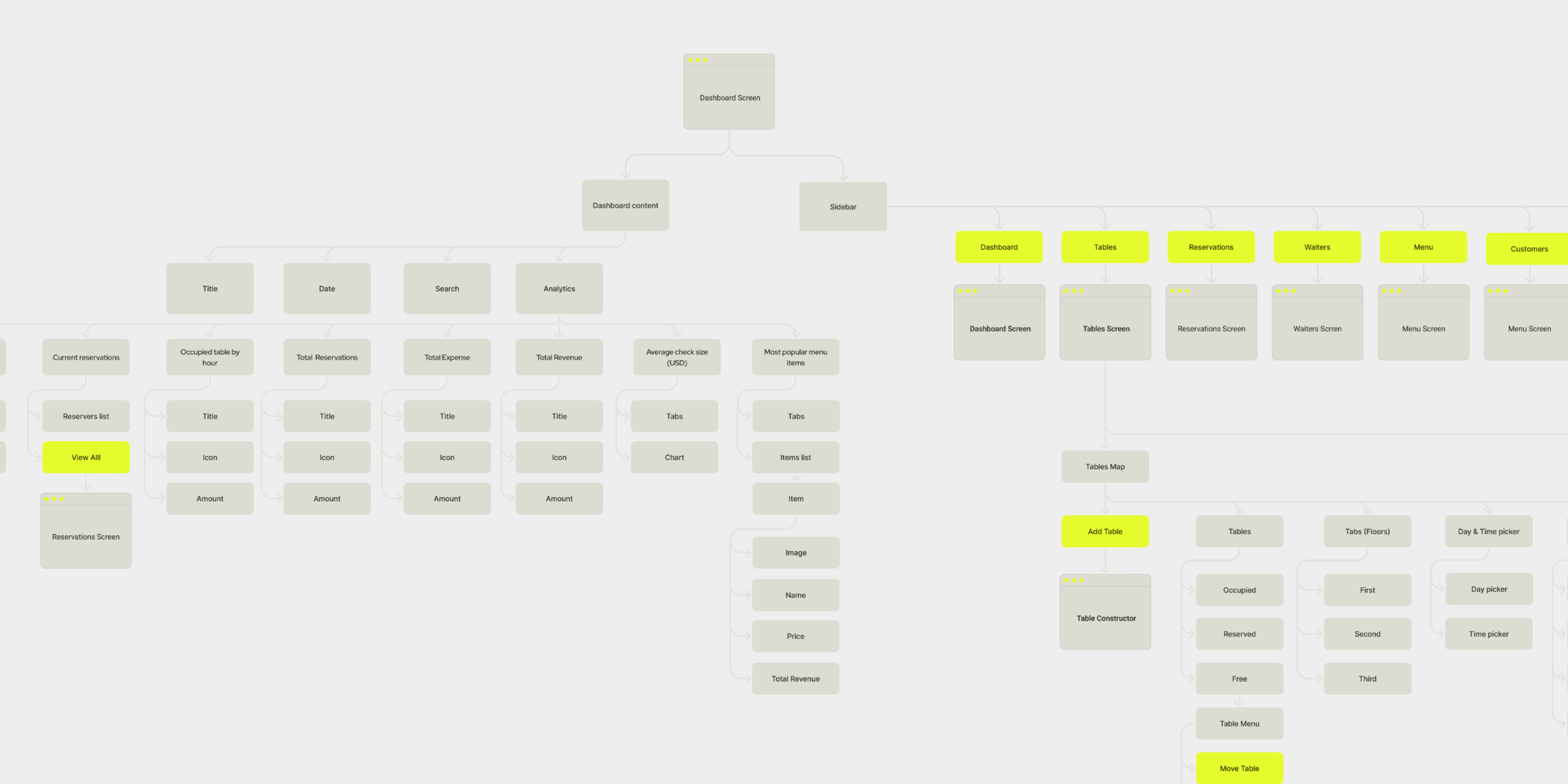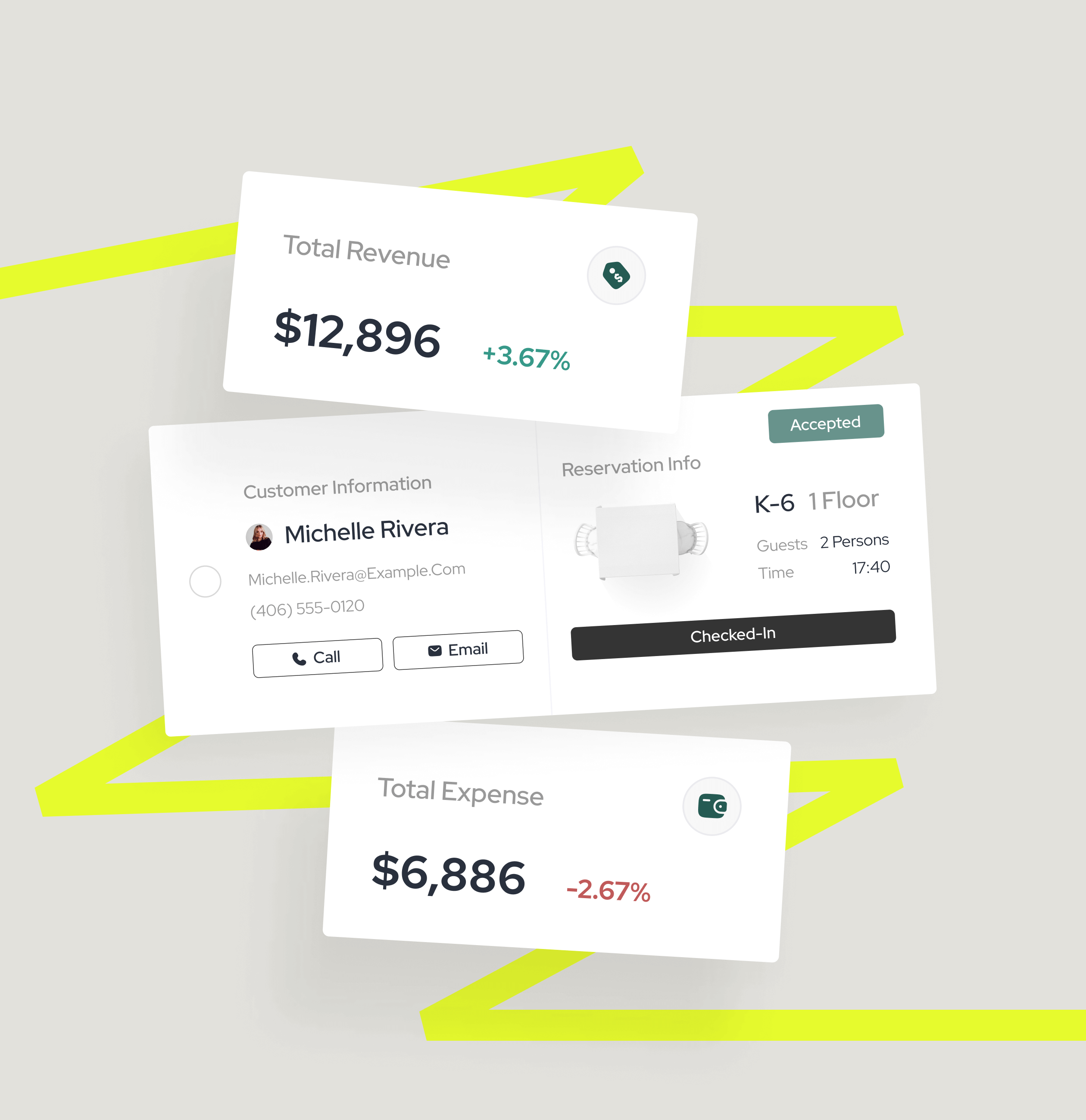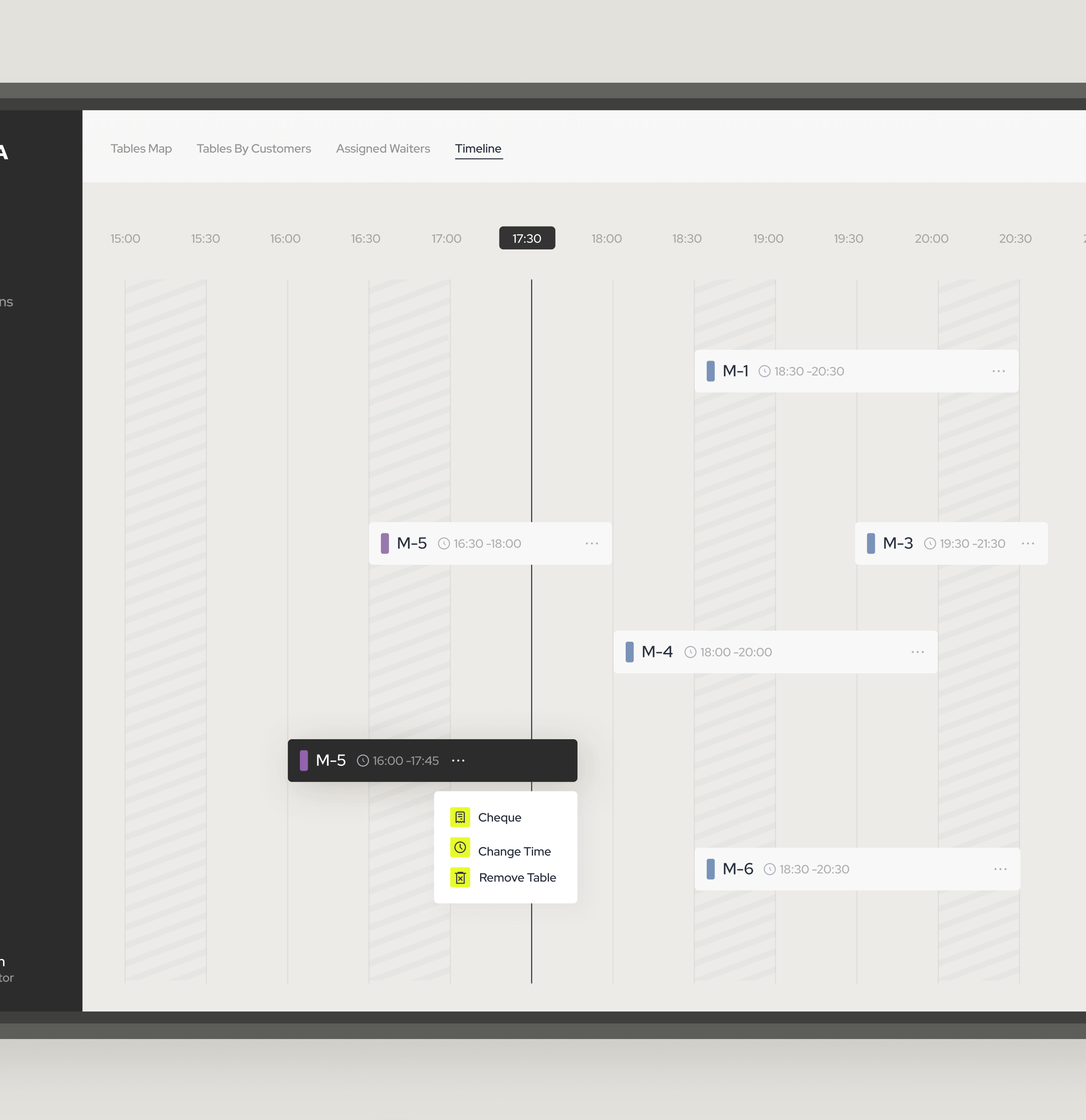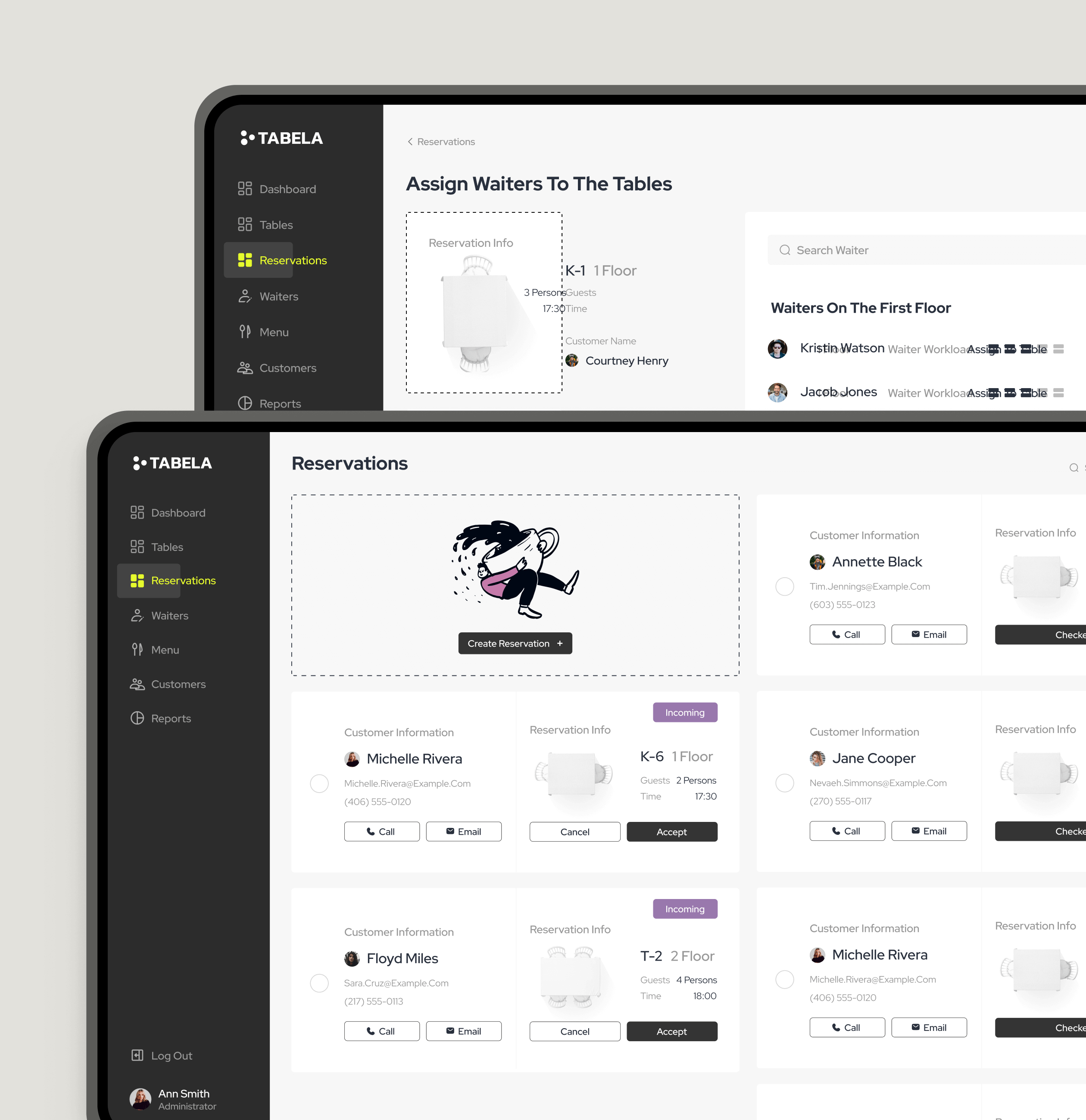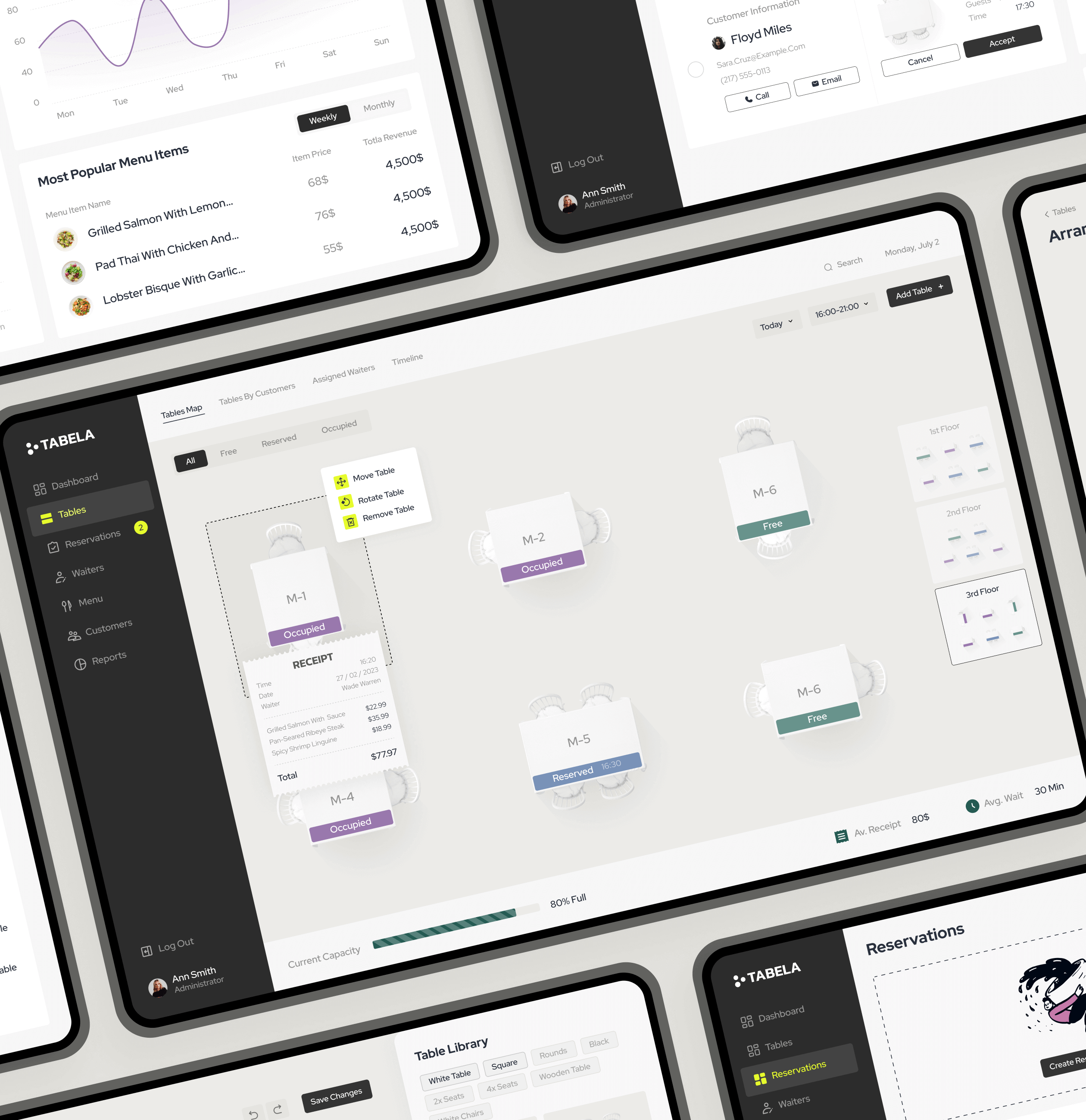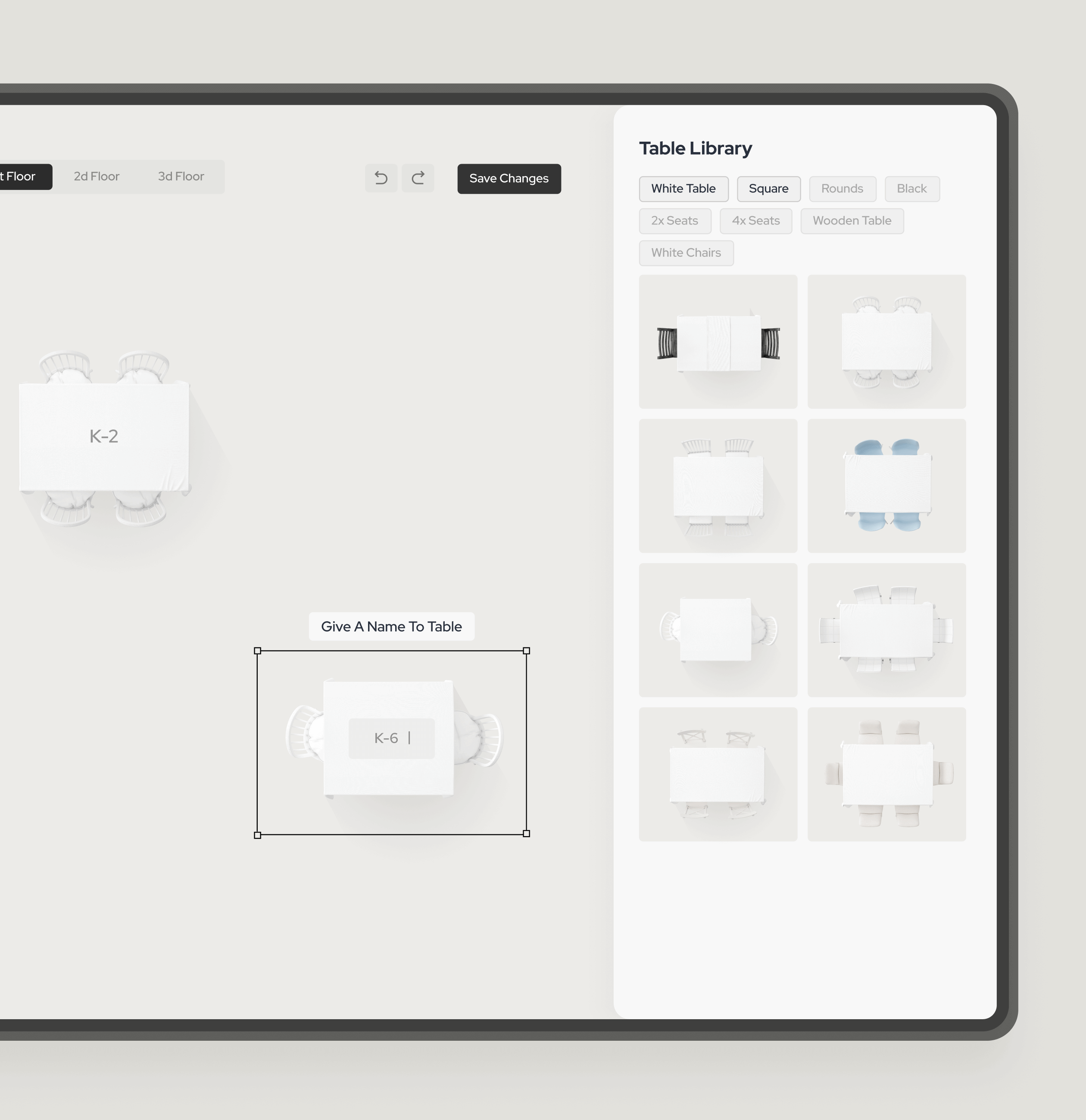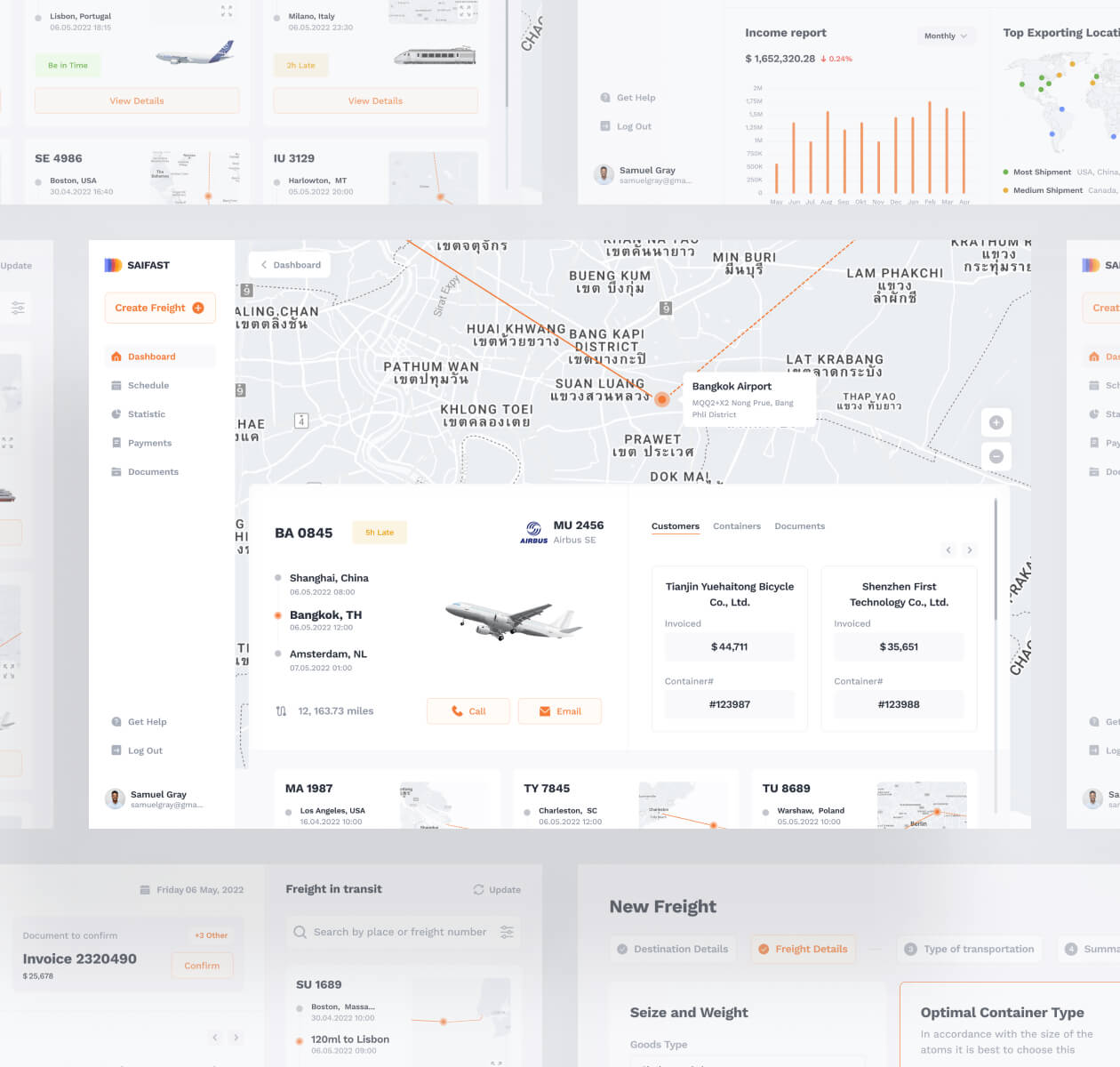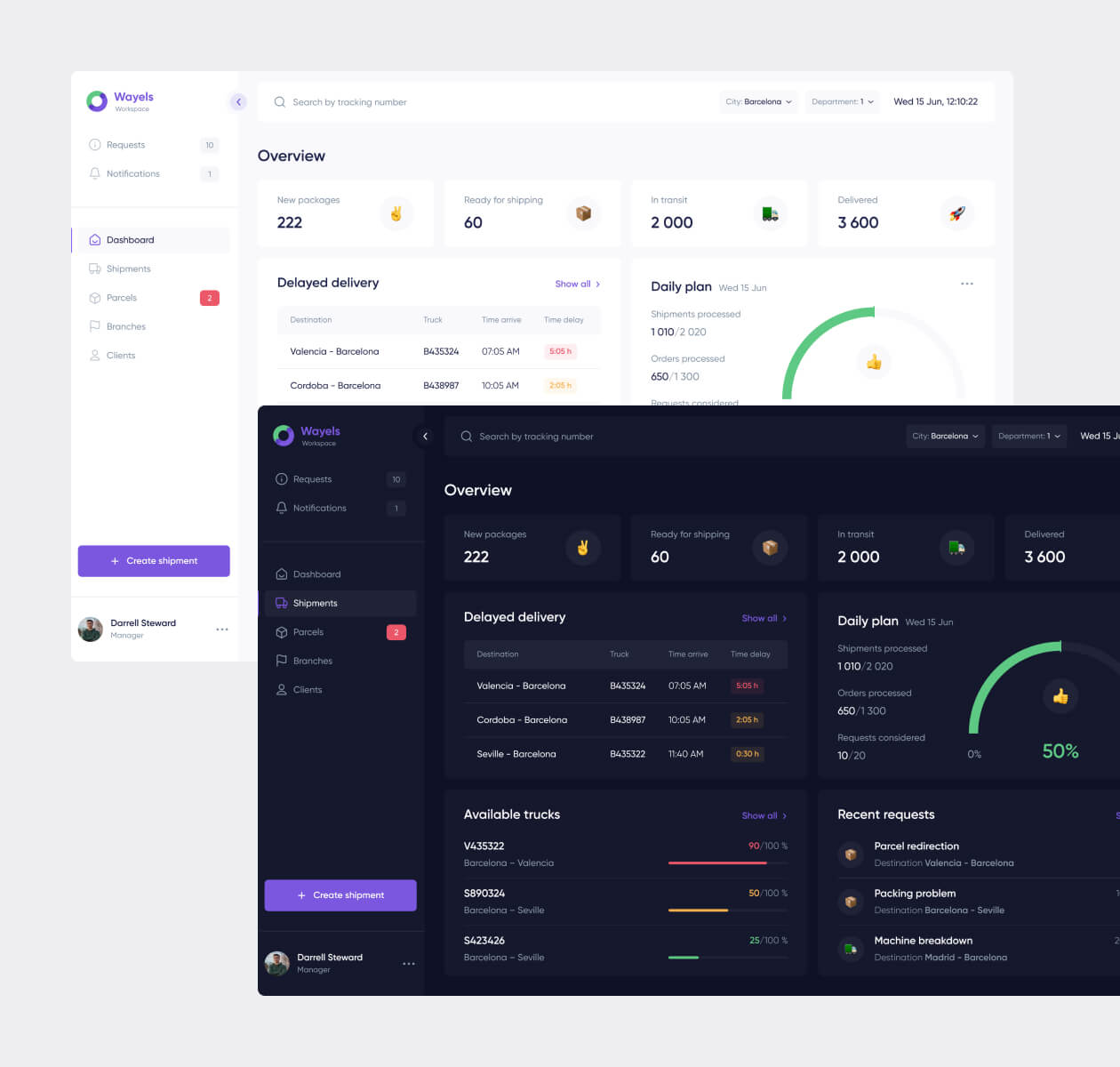Tabela – a management system for Restaurants
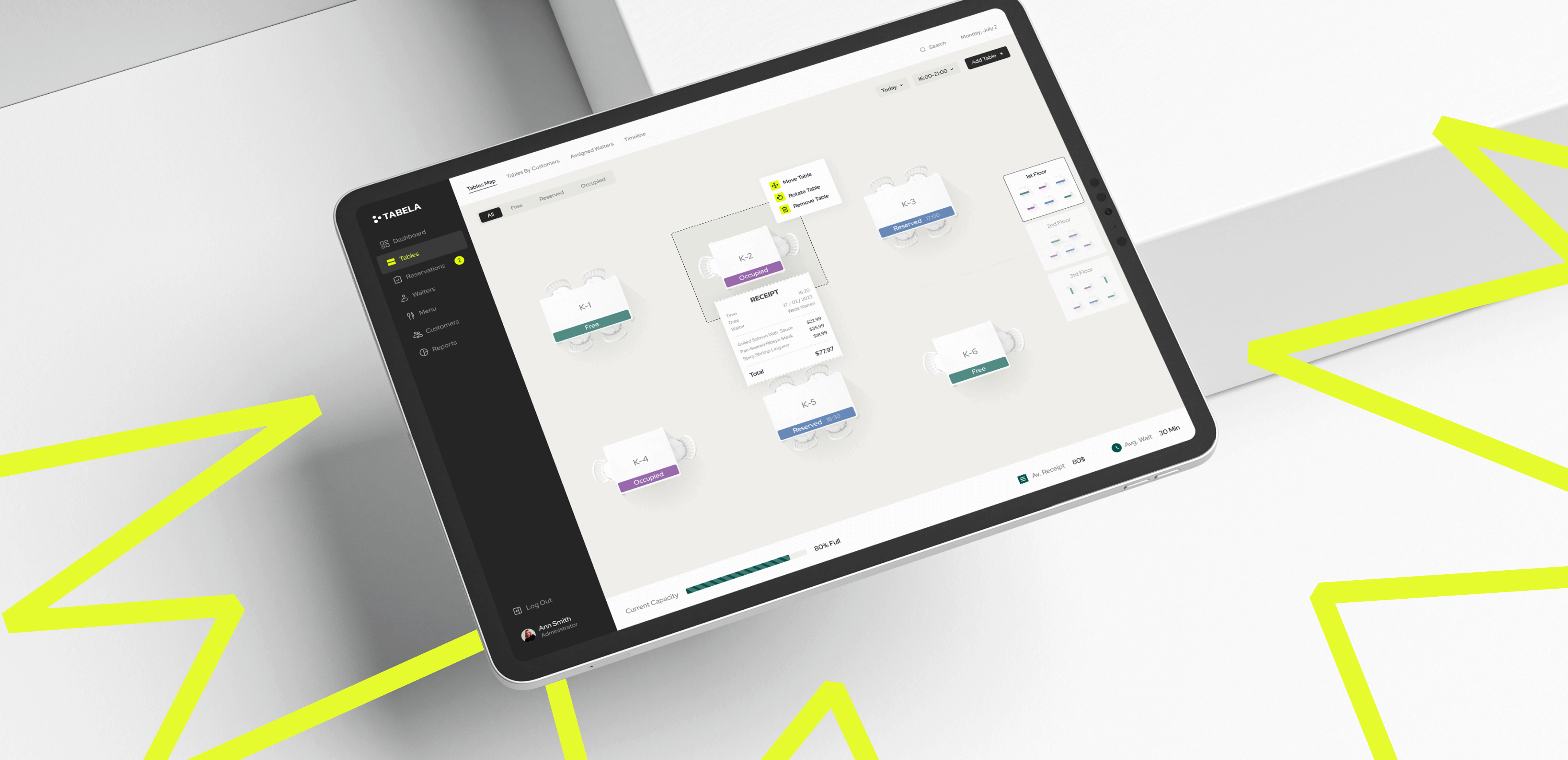
Overview
Tabela streamlines the table reservation management process.
Tabela is an advanced management system designed specifically for restaurants. With Tabela, restaurant staff can easily keep track of their reservations and tables in real time. This makes it easy to manage the restaurant’s capacity and ensure efficient service.
Client
Tabela LLC
Services
Discovery
UX Wire-framing
Clickable prototypes
UI Designs
